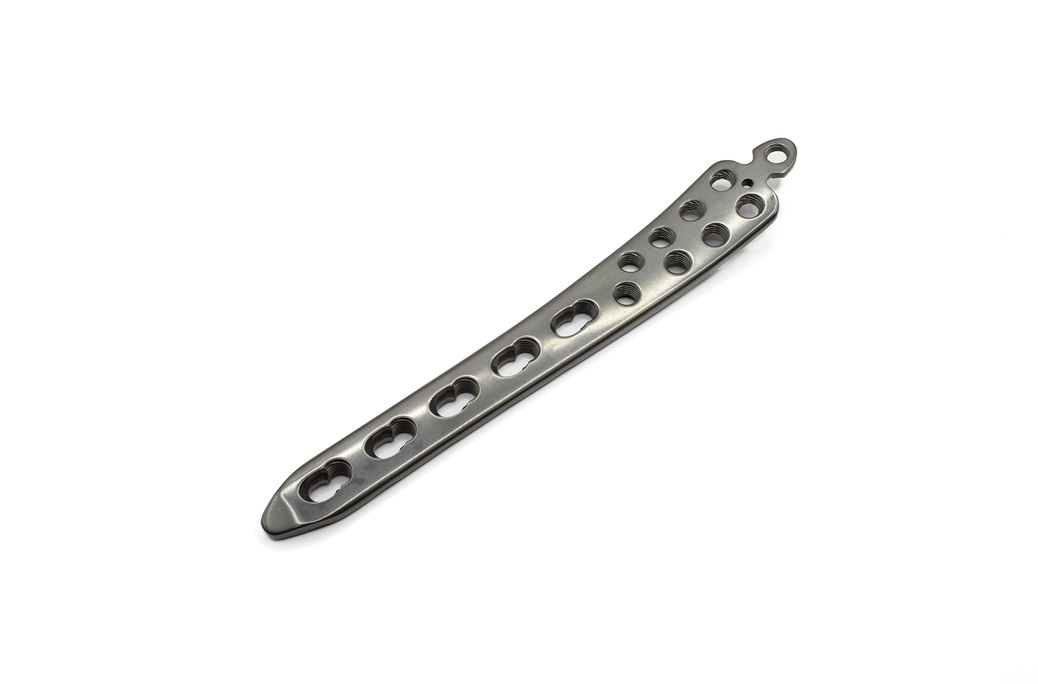Behind every successful orthopaedic implant lies a detail that’s often overlooked but absolutely critical - the uniformity of its surface finish. Whether it’s a hip, knee, or spinal component, even the smallest inconsistency can influence how the implant integrates with bone and performs under stress.
Uniform surface finishing is far more than a cosmetic step. It plays a vital role in:
• Osseointegration: A consistent texture encourages bone cells to attach and grow evenly, improving long-term stability.
• Cleanliness and sterilisation: Irregular surfaces can trap contaminants, making it harder to achieve the ultra-clean conditions required in surgery.
• Wear and performance: Controlled roughness reduces friction between components, extending implant lifespan and reliability.
This is where wet blasting has become a key process in orthopaedic manufacturing. By combining fine abrasives with water, it produces smooth, repeatable finishes that:
• Maintain tight control over surface roughness
• Remove residues without damaging sensitive alloys or coatings
• Ensure consistency across complex geometries such as porous or contoured implant surfaces
As orthopaedic designs grow more advanced and regulatory standards more exacting, surface finishing has moved from a final step to a strategic one. Wet blasting helps manufacturers deliver implants that perform flawlessly.























